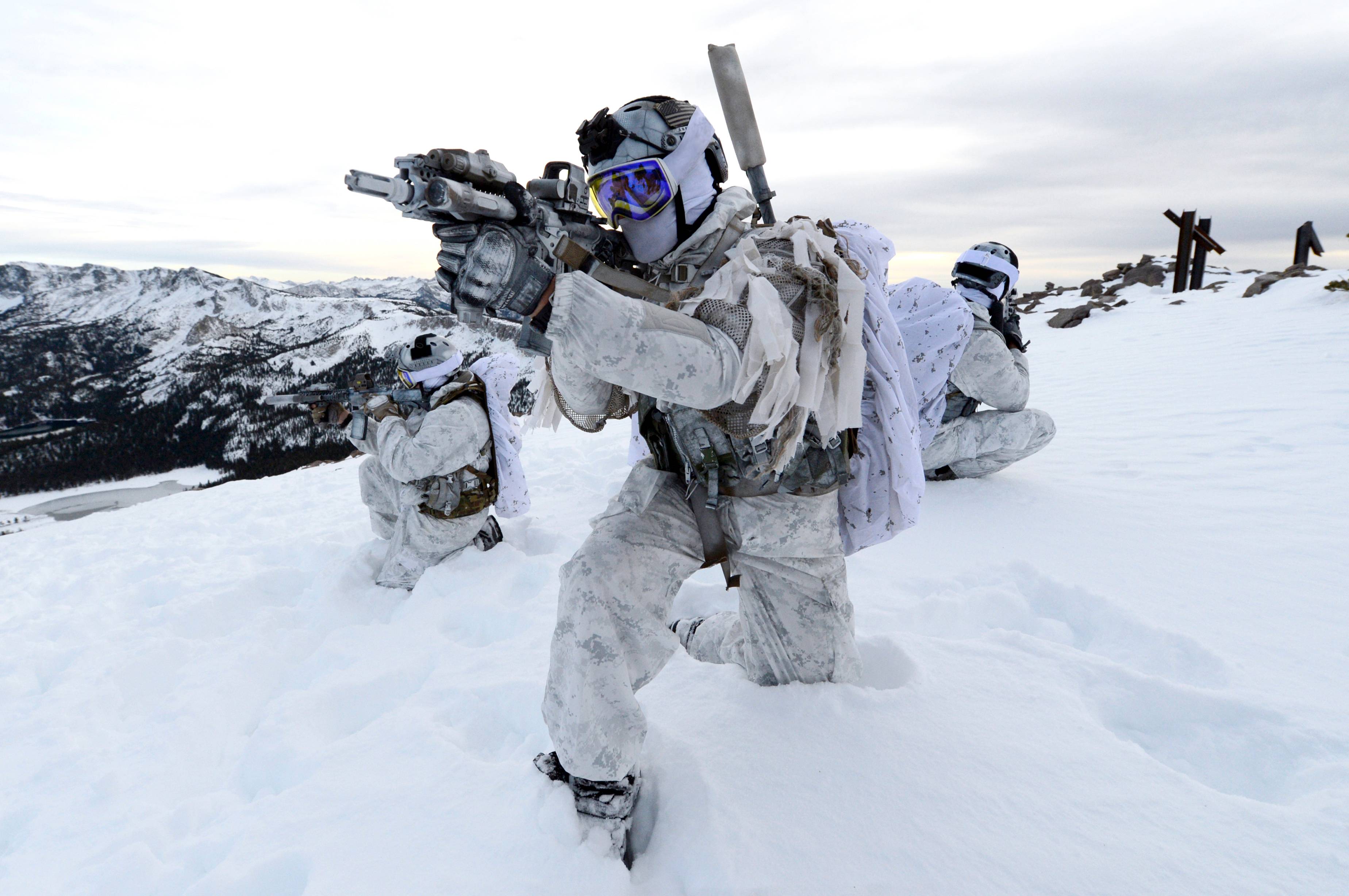Building a fire without manmade tools is one of those skills you hope you never need to use, but will be sure glad you learned if the situation calls for it. Knowing how to create a fire is important, even if you only use the techniques for social bonfires. This guide below describes the process for building a fire in a survival scenario, but these tips can be useful when building a fire for social gatherings.
The Many Purposes of a Fire
When in a survival scenario, fire offers many benefits. It wards off exposure injuries like hypothermia. You can use fire as a light source, allowing you to craft tools or work on your shelter as the sun goes down. Fire serves as a source of heat for cooking, purifying water, and drying clothes. It functions as a signal for help. It even gives psychological benefits, as watching a fire is relaxing and stress-reducing.The need to build a fire depends on the given emergency situation, such as the weather or feasibility of walking and finding help. Some survival situations will call for building a fire, which is why it is helpful to learn the techniques.

Preparing to Build the Fire
Before you light the fire, you will want all the necessary materials at hand. You want to avoid getting the fire started and leaving to gather more wood, only to return to discover your flame is extinguished. You can either gather all the materials from the start or do the preparation work first and then gather all the remaining materials.Your first step in preparation is to find an area of flat and level ground. Clear off any leaves, brush, and debris to where you get to the bare ground. After preparing the ground, your next step will be to build a platform. A platform separates your fuel from the ground, helping to keep the moisture from the dirt from interfering with your fire. You can use dry branches laid out in a row as your platform.

Next, you will need a brace (which ensures the fire gets the adequate oxygen it needs to survive). A dry thick tree branch or nonporous rocks a few inches high works well. Place the brace next to the platform. The kindling will rest on it and over the tinder.
Setting Up the Fuel
First, you can place tinder on top of the platform. Tinder is material that helps light and sustain a spark. For it to work, it needs to be dry and allow for oxygen to circulate within it. Tinder comes in three types: bark, wood scrapings, and grass/ferns/leaves/lichen. You will want a pile of tinder around the size of your clenched fist.[caption id="attachment_11104" align="aligncenter" width="1024"]

Staff Sgt. Jacob Schmidt, 352nd Special Operations Support Squadron survival, evasion, resistance and escape specialist, shows airmen from the 352nd Special Operations Group how to build a fire during combat survival training at Stanford Training Area, England, Aug. 6, 2013. The training covered other aspects of combat survival such as land navigation and evasion tactics. (U.S. Air Force photo by Staff Sgt. Stephen Linch)[/caption]To prepare bark, place it between your hands and roll the material back and forth until it becomes airy and thin. To prepare wood scrapings, run a knife against a large piece of wood. Grass, ferns, leaves, and lichen can work, but they must be completely dry (which can be hard to find).The next type of material you need is kindling. This is wood that ranges in thickness from pencil lead to a pencil. You can use bundles of grass, small twigs, or thickly shaved slices from larger branches.The third type of material you need is fuel, which is intended to burn at a slow and steady pace. This material is thumb size or bigger. You can use dry branches, dry grasses made into a bundle, or heartwood (the dry interior pieces of wood inside a dead tree).Look for branches that are protected by thick branches higher up on the tree (these thick branches help block out rain and increase the likelihood of the lower branches being dry). To test whether a branch is dry, pull it at an angle. It if bends or is difficult to snap, it has a lot of moisture and will be harder to burn. You want a branch that makes a crackling snap when bent. Some branches are dry, but require you to scrape off wet bark or lichen first before burning it.

Heartwood takes more energy and time to light but is good if wet conditions make it hard to find dry wood. Look for stumps with a cracked pointed top, since stumps with a flatter surface absorb more moisture.

Creating a Heat Source
Here is the most challenging part. At home, you can just use a lighter or a match. Assuming you lack manmade fire starter options, you will need to take a different approach and create a hand drill. This is made of two parts: a spindle and a fireboard. The spindle is a smooth piece of dry wood or other plant material that is about one-half inch thick and two feet long. The fireboard is a smooth piece of dry wood or other plant material that is around three inches thick and 18 inches long.Make a notch in the fireboard and place it on the ground. Place a piece of tinder in the notch and situate the spindle on top of it. Begin rubbing the spindle in between your hands quickly and with pressure. You can twist your hands up and down the spindle repeatedly. Do it long enough and your bark will ignite an ember. Once you have an ember, resist the urge to blow on it. The moisture from your mouth can be enough to extinguish it. If you need to fan the ember, use your hands to add oxygen. Once you have the ember that lights the tinder, take it slowly and place it on top of the pile of tinder on your platform.After it ignites, slowly place a handful of kindling over the flame and rest it against the brace. As it burns, you can slowly add thicker and larger pieces of kindling to the flame. Once you work through all your kindling, you can move up to adding the fuel.Again, it is important to gather a large amount of fuel before lighting your fire to ensure the fire does not go out when you hunt for more material. With enough fuel, you can build a fire that burns for a long period of time.



%201.svg)









